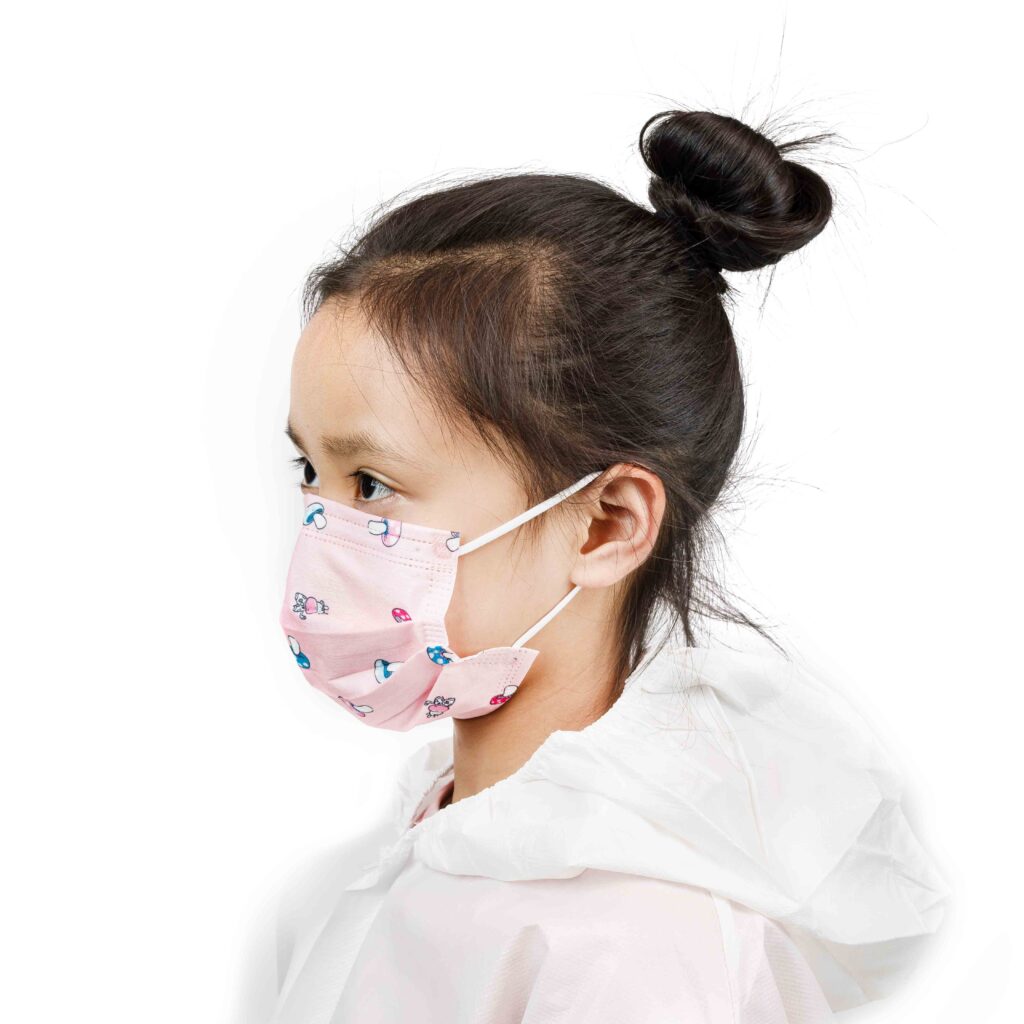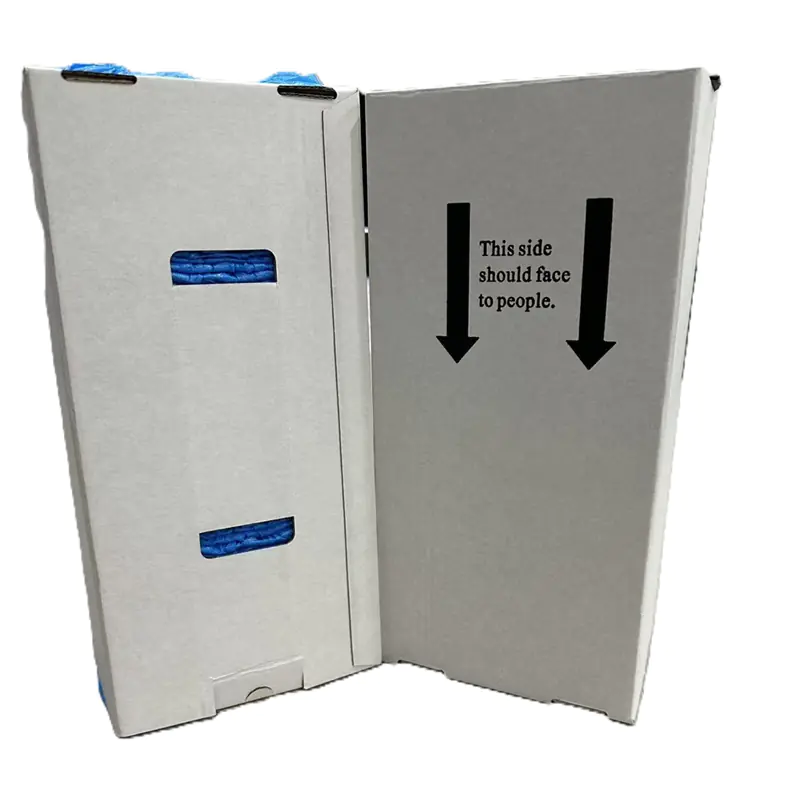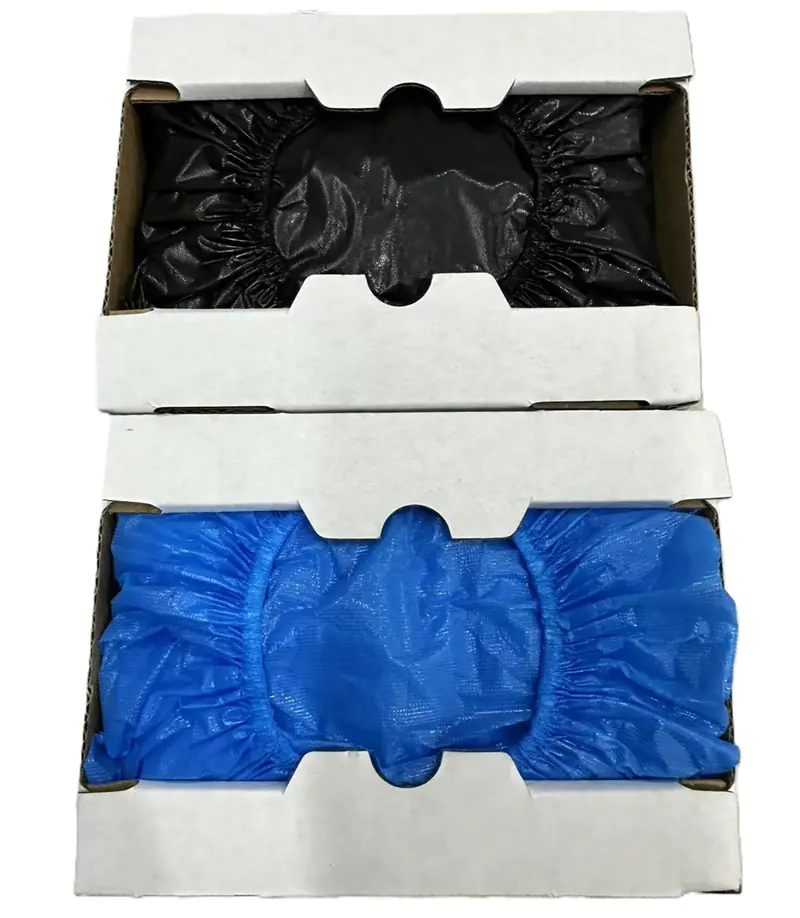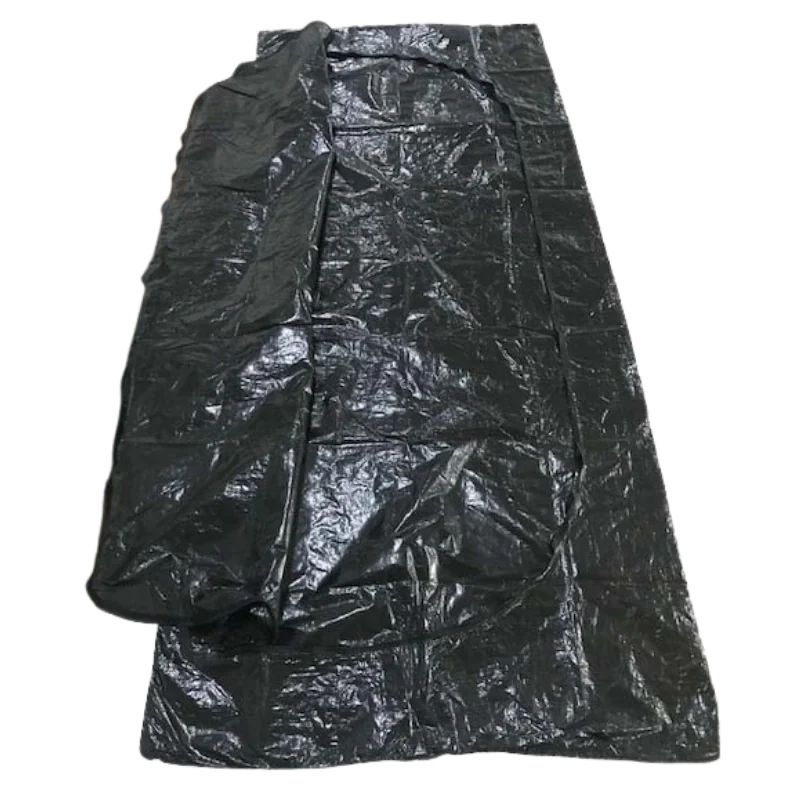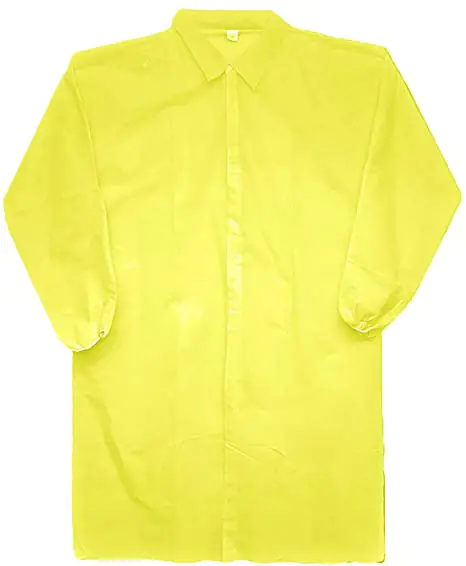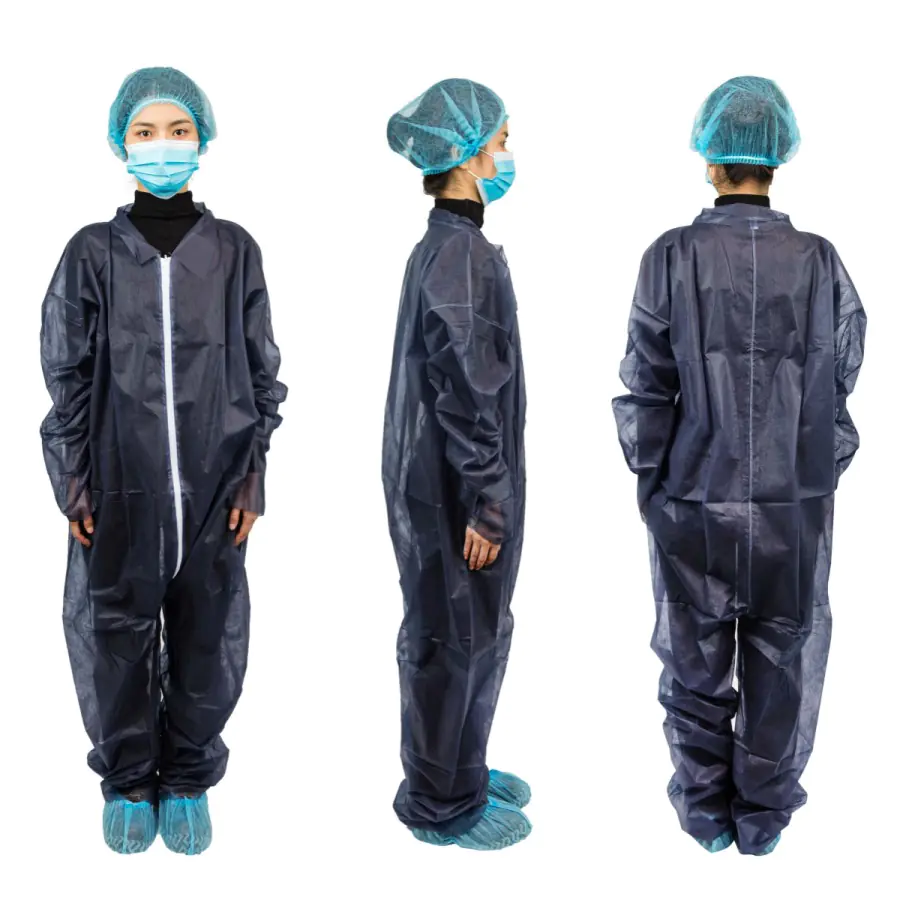Lots of parents wonder: Are disposable pleated face masks safe for children? It’s a big question because keeping kids safe is the top priority. Let’s look at what we know.
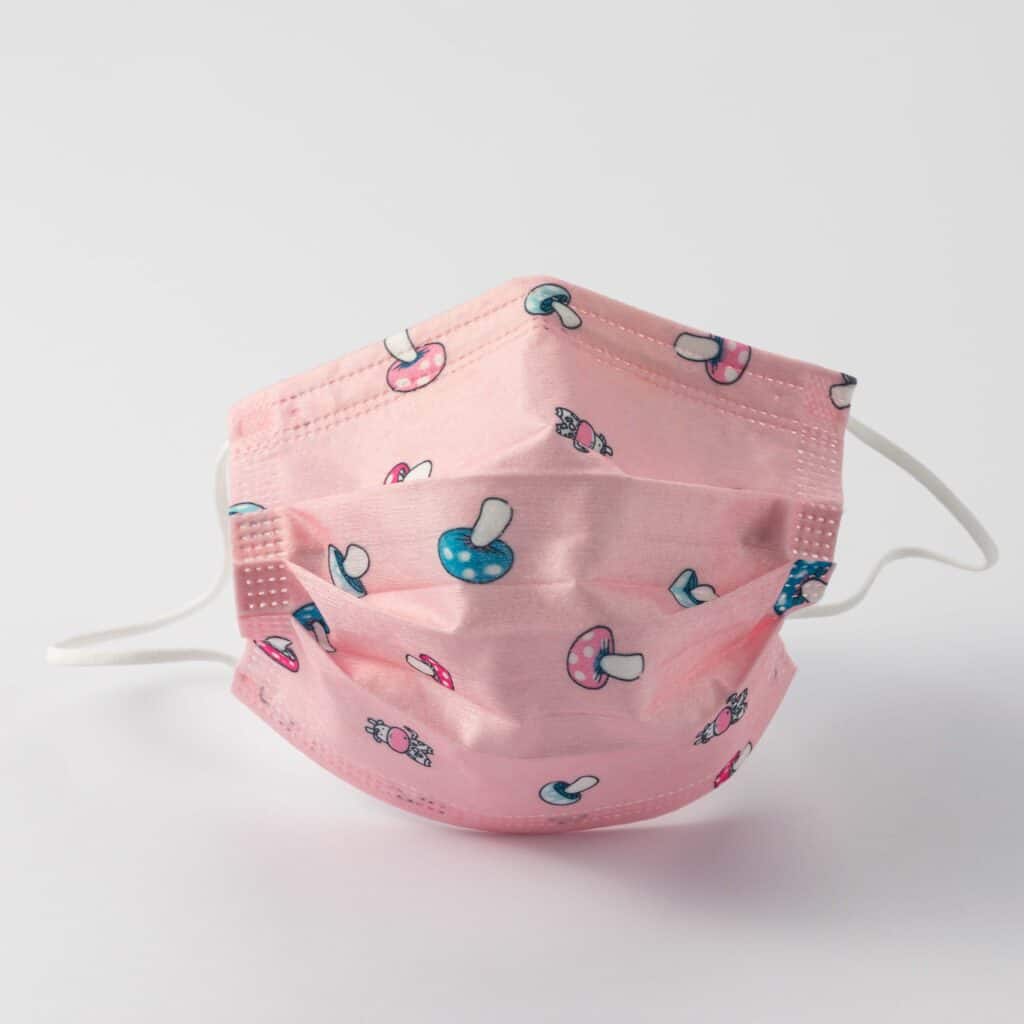
Quick Answer: Yes, But Choose Wisely
Yes, disposable pleated face masks can be safe for most children. BUT, you need to pay attention to a few important things:
- The mask must fit the child’s face well. It should cover their nose and mouth completely, without leaving big gaps on the sides.
- The mask should meet recognized safety rules. These rules check how well the mask blocks germs and how easy it is to breathe through. Look for proof of testing on the package.
- The materials should be safe and non-toxic. If your child has sensitive skin, look for masks labeled as hypoallergenic.
Very Important: Health experts advise that children under 2 years old should NOT wear masks. Little ones might find it hard to breathe with a face covering. Always follow advice from your child’s doctor.
Studies have shown that masks that fit well can help reduce the spread of germs in places like schools. So, when used the right way, these masks can offer good protection.
5 Things That Make a Child’s Mask Safe
When you’re picking out disposable pleated face masks for your child, keep these five important points in mind:
- Safety Testing
- Look for masks that say they’ve been tested to meet safety standards. This usually means they’ve checked how well it filters particles and how easy it is to breathe. Packaging often mentions if it meets certain levels of protection.
- Easy Breathing
- Masks must be breathable. Kids need to be able to breathe comfortably while wearing them. Good breathable kids masks are important.
- Tests measure how much effort it takes to breathe through the mask. Masks that are easier to breathe through are better for kids.
- Parents sometimes worry if masks trap too much old air (carbon dioxide) or lower oxygen. Research shows that common pleated masks do not cause harmful breathing problems in healthy children.
- Safe Materials
- Good masks use non-toxic mask materials. They should be hypoallergenic face masks if your child gets rashes easily. This helps prevent skin irritation.
- Most disposable pleated face masks have layers of soft non-woven fabric. One important layer helps filter out tiny particles really well.
- Make sure the mask is free from harmful chemicals. Look for masks described as safe for skin contact. If your child has allergies (like to latex), choose allergy-friendly masks.
- Good Fit
- A mask only works if it fits right. A good mask fit for children is essential.
- It needs to cover the nose and mouth, reaching under the chin.
- Gaps on the sides let unfiltered air in and out, so try to minimize them. A snug fit is better protection.
- Choose child-sized masks. An adjustable nose bridge (the little metal or plastic strip at the top) helps seal the mask around the nose. Check the ear loops – they should be soft and not pull too hard. Some kids might prefer masks with straps that go around the head. Make sure the mask is the right mask sizing for toddlers versus older kids.
- Right Age
- Remember, no masks for kids under 2 years old.
- Use the correct size mask for your child. An adult mask is too big for a small child and won’t protect them well. School or daycare rules often follow general health advice on mask use.

Risks vs. Benefits: What We Know
Let’s look at common concerns about kids wearing masks and what studies suggest. This table makes it easy to see:
| Worry / Risk | What We Know | How to Lower the Risk |
|---|---|---|
| Trouble Breathing | Not a risk for healthy kids over 2 with proper masks. | Use masks designed for children that are breathable. Don’t use on kids < 2. |
| Skin Irritation | Can happen, especially with long wear or sensitive skin. | Choose soft, hypoallergenic masks. Change if damp. |
| Talking Problems | Masks can make voices a bit quieter or muffled. | Use clear panel masks if needed for communication. |
| Germs on Mask | Bacteria can grow on a used, damp mask. | Change mask regularly (every few hours or if wet/dirty). Dispose properly. |
| Ear Loop Pain | Tight loops can cause discomfort behind the ears. | Use masks with soft loops or use ear savers/head straps. |
| Environmental Waste | Disposable masks add to landfill waste. | Look for eco-friendly options or consider reusable cloth masks. |
Leading children’s health groups support mask use for children (over 2) when needed to protect health. They confirm that masks don’t harm lung development in healthy kids.
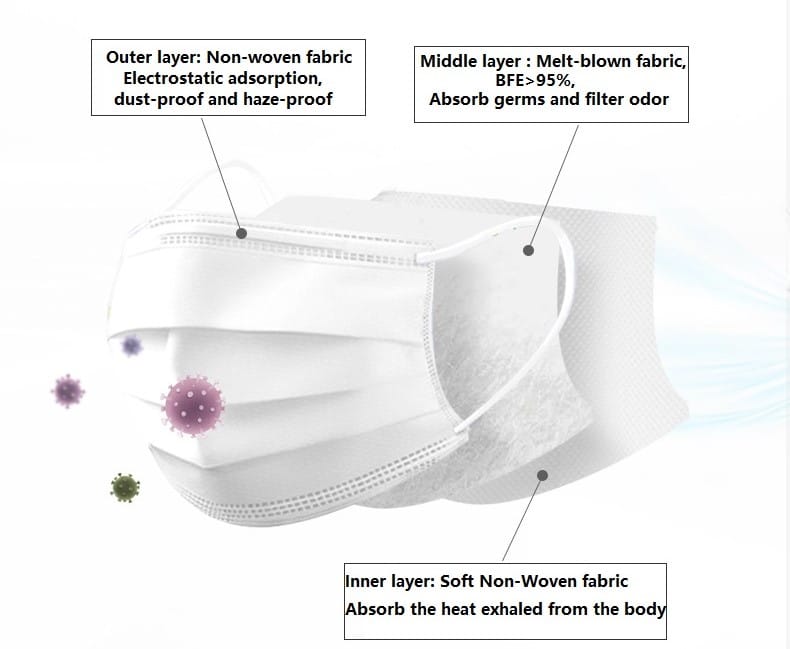
Comparing Mask Types
Besides the common disposable pleated face masks (often called 3-ply surgical masks), you might see other types:
- Higher Filtration Masks (like KN95/KF94 style): These often filter more particles (KF94 kids masks, KN95 for children). They might feel a bit thicker or harder to breathe through. Make sure they are specifically child-sized and from a trusted source to avoid fakes.
- Cloth Masks: These are reusable masks. You can wash and wear them again. They come in many playful mask designs like character-themed masks or colorful mask patterns. However, studies often show they filter less effectively than multi-layer disposable masks. The quality depends on the fabric and layers used.
- Other Types: Some masks have features like anti-fog coatings (helpful for kids who wear glasses) or transparent windows (good for seeing expressions). For special needs children, you might look for sensory-friendly masks or autism-friendly masks. Allergy-friendly masks avoid common irritants.
What Parents Can Do: Action Steps
Here’s a simple checklist for using disposable pleated face masks safely with your child:
- Check the Box: Look for info saying the mask meets safety standards. Check packaging safety info and any mask expiration dates.
- Check the Fit: Does it cover everything well? Minimize gaps? Use the adjustable nose bridge.
- Check Comfort: Are the ear loops comfortable? Does it hurt after wearing?
- Check Materials: Is it made of soft non-woven fabric? Is it hypoallergenic if needed?
- Check Age: Is your child 2 or older?
- Teach Your Child: Show them how to put on and take off the mask safely. Explain proper mask disposal and mask hygiene.
- Plan for Activities: Think about masks for sports activities or exercise. Different situations might need different approaches.
- Buy Smart: Purchase masks from stores or brands you trust. Avoid deals that seem too good to be true, as they might be counterfeit masks. Consider bulk purchasing masks like full-color designed disposable face masks for kids, fun disposable printed masks for children, or reliable 3-ply disposable kids face masks.
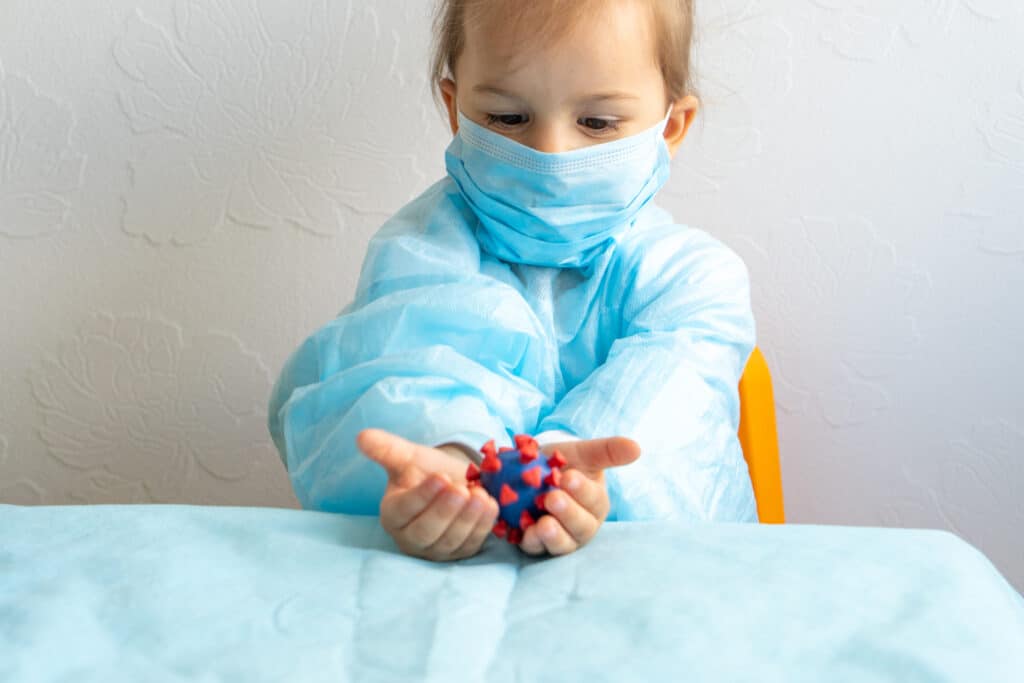
Frequently Asked Questions (FAQ)
- Q: Do pleated masks harm a child’s lungs?
- A: No. Health experts agree that for healthy children over 2, masks do not hurt lung growth or cause breathing problems. If your child has a respiratory condition like asthma, talk to your doctor.
- Q: How often should my child change their disposable mask?
- A: Health guidelines usually suggest changing it every 4 hours, or sooner if it gets wet, dirty, or damaged. Teach proper mask disposal.
- Q: Can children with autism wear pleated masks?
- A: It can be challenging for some children. Look for sensory-friendly masks designed to be more comfortable. Talk with your doctor or support groups for tips.
- Q: Are colorful or printed masks less safe?
- A: Not necessarily. As long as they meet safety standards and use safe, non-toxic materials and dyes, they are fine. Fun playful mask designs might even help kids wear them more willingly.
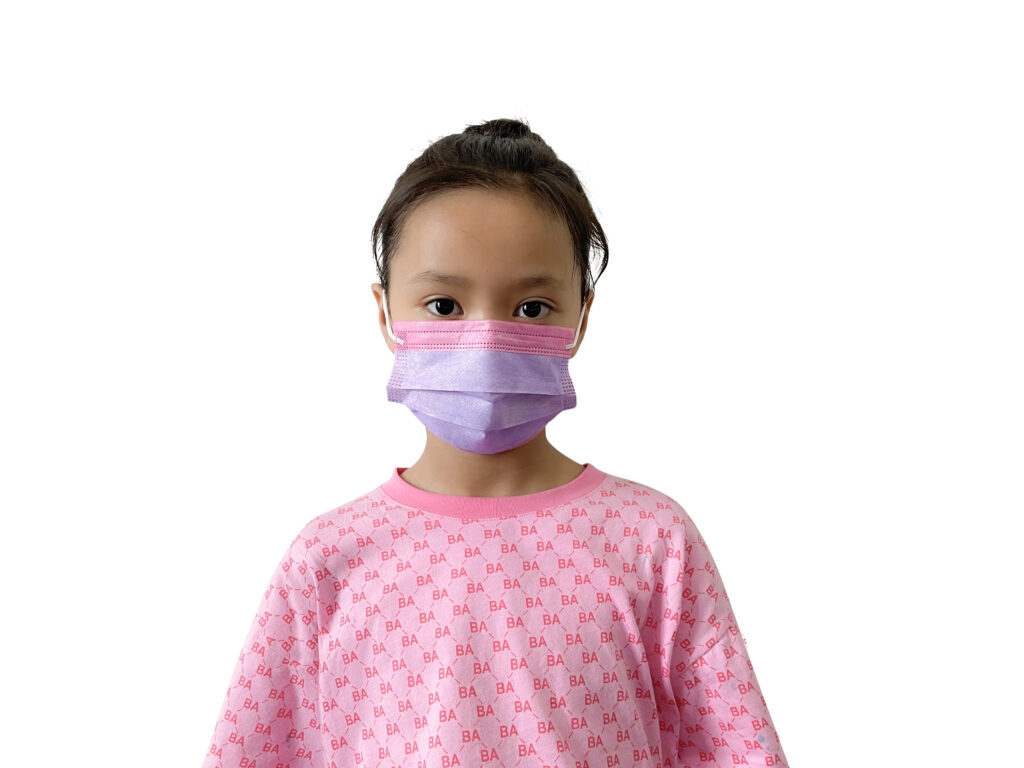
บทสรุป
Disposable pleated face masks can be a safe and useful tool for protecting children (age 2 and up) when chosen and used correctly. The most important things are: making sure the mask meets safety standards, is breathable, uses safe materials (hypoallergenic, non-toxic), and fits the child’s face well. Always follow the latest advice from health authorities and your child’s doctor. While there are different mask types like disposable 3-ply surgical face masks with earloop or certified Disposable medical face masks meeting standards, a well-chosen disposable mask provides good viral protection and bacterial filtration. Making informed choices helps keep children safe and healthy.

